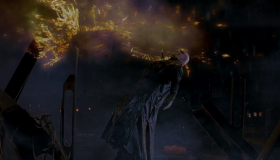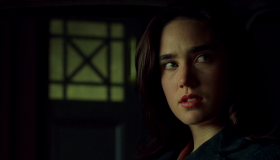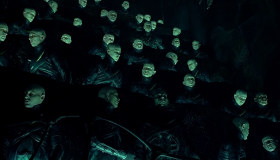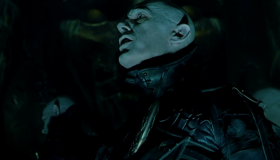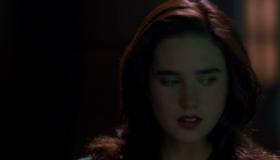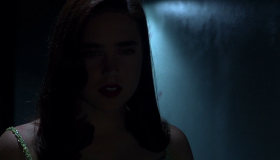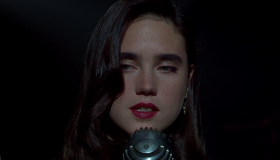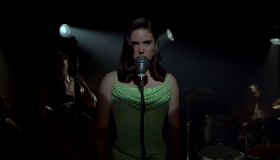Dark City (1998) is a neo-noir science fiction film directed by Alex Proyas, starring Rufus Sewell, Kiefer Sutherland, Jennifer Connelly, William Hurt, and Richard O’Brien. The movie is widely regarded as a masterpiece in the sci-fi genre, and for good reason. In this review, I will delve into the different aspects of Dark City that make it such an exceptional film.
Plot and Storytelling:
The plot of Dark City revolves around John Murdoch (played by Rufus Sewell), a man who wakes up in a hotel room with no memory of who he is or how he got there. He discovers that he is wanted for a series of brutal murders and is being pursued by the police and a group of mysterious figures known as the Strangers. As John tries to uncover the truth about his past and the nature of the city he finds himself in, he discovers that reality is not what it seems and that he possesses unique abilities that the Strangers want to harness for their own purposes.
The story of Dark City is a masterful blend of film noir, sci-fi, and horror, all woven together seamlessly by Proyas. The film’s central theme of identity and memory is explored in a complex and thought-provoking way, with the audience being taken on a journey of discovery alongside the main character. The use of flashbacks and surreal imagery adds to the dreamlike quality of the film and keeps the audience engaged throughout.
Cinematography and Visual Effects:
Dark City’s visual style is nothing short of breathtaking. The film’s dark, gothic aesthetic, with its towering buildings and labyrinthine streets, creates an eerie and claustrophobic atmosphere that is both menacing and awe-inspiring. The use of light and shadow is particularly effective, with the Strangers’ powers allowing them to manipulate reality and create a constantly shifting landscape.
The film’s visual effects are also noteworthy, with the Strangers’ ability to alter reality providing some truly mind-bending sequences. The scene where John is chased through a spiraling staircase that rearranges itself in real-time is a particular standout, showcasing the film’s technical prowess and imaginative design.
Acting and Characters:
The performances in Dark City are uniformly excellent, with Rufus Sewell delivering a standout performance as the confused and haunted John. Kiefer Sutherland is also memorable as Dr. Daniel Schreber, a man whose loyalties and motivations are unclear throughout the film.
The Strangers, played by a group of pale, bald-headed actors, are some of the most striking and menacing villains in recent memory. Their inhuman appearance and emotionless demeanor make them a constant source of dread, and their powers of reality-warping add to their otherworldly nature.
Soundtrack and Score:
The film’s soundtrack and score, composed by Trevor Jones and featuring additional music by German industrial band Einstürzende Neubauten, are an essential component of the film’s atmosphere. The score is haunting and atmospheric, with the use of strings and percussion adding to the film’s ominous tone. The use of the song “Sway” by The Mighty Blue Kings during a pivotal scene is also a standout moment.
Themes and Symbolism:
Dark City is a film that rewards multiple viewings, as it is packed with layers of symbolism and meaning. The film’s central themes of identity, memory, and free will are explored in a complex and philosophical way, with the Strangers serving as a metaphor for forces that seek to control and manipulate humanity.
The film also contains numerous nods to classic noir films, with its hardboiled dialogue, femme fatale character (played by Jennifer Connelly), and dark and moody cinematography. The use of religious symbolism, particularly the Strangers’ fascination with

